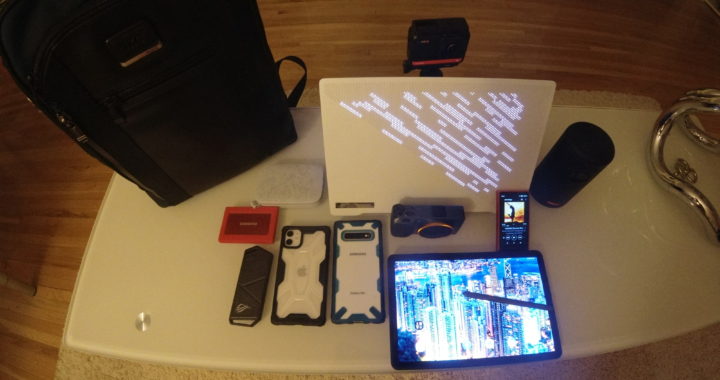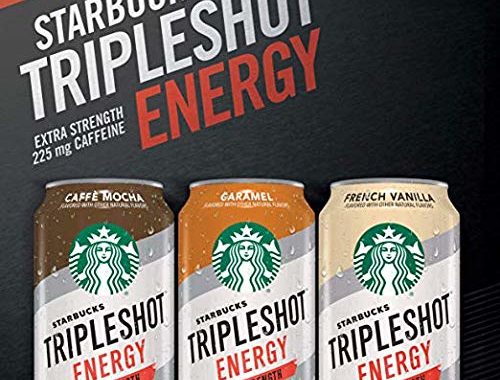NASA JPL Designed A Rapid-Production Ventilator In Just 37 Days!

Introducing VITAL, a prototype ventilator designed expressly for quick and easy mass production. Developed by NASA engineers, the device could alleviate ongoing supply shortages in the U.S. and around the world as the covid-19 pandemic rages on.
NASA has copious amounts of available brain power, and it’s good to see the space agency putting it to good use during this challenging time.
“We specialize in spacecraft, not medical-device manufacturing,” Michael Watkins, director of NASA’s Jet Propulsion Laboratory, in a NASA statement. “But excellent engineering, rigorous testing and rapid prototyping are some of our specialties. When people at JPL realized they might have what it takes to support the medical community and the broader community, they felt it was their duty to share their ingenuity, expertise and drive.”
Their efforts have resulted in a high-pressure ventilator called VITAL, which stands for Ventilator Intervention Technology Accessible Locally. The device, developed in just 37 days, still needs to be approved by the U.S. Food and Drug Administration, but it could ease the pressure at hospitals and other healthcare settings during the covid-19 pandemic.
That ventilators are in short supply in the U.S. and elsewhere is frustrating, but also understandable. As Canada’s Chief Public Health Officer Theresa Tam has said, “If you’ve seen one pandemic, you’ve seen one pandemic,” meaning they’re all unique in terms of pathology and disease progression. This disease is particularly brutal on the lungs, hence the need for more ventilators than are readily available.
Of course, ventilators are no panacea. Recent statistics from New York City shows that 88 percent of covid-19 patients hooked up to ventilators succumbed to the disease. That’s discouraging, but still a material impact in terms of total lives saved.
VITAL could help ease shortages because it can be built and maintained faster and more easily than conventional designs. It requires fewer components, many of which can be acquired through existing supply chains. VITAL also features a flexible format, which means it can be adapted for multiple healthcare settings, such as field hospitals, basketball courts, convention centers, hotels, or anywhere else patients might be treated.
Like other ventilators, VITAL will require that patients be sedated and a tube inserted into their airway. VITAL does the rest after that, providing mechanically assisted ventilation for patients who can no longer breathe on their own or have regressed to a serious condition called acute respiratory distress syndrome.

VITAL has a limited shelf life and the machines aren’t meant to be used for more than several months. Traditional hospital ventilators, in comparison, can last for years. NASA said VITAL is a solution made to help with the covid-19 pandemic.
The next step is for the device to be approved by the FDA, which NASA said seems likely given that the device performed well during testing at Mount Sinai’s Human Simulation Lab. What’s more, NASA is using the emergency fast-track route, in which concepts can be approved by the regulator in days instead of years.







